How Istanbul became a powerhouse of contemporary art
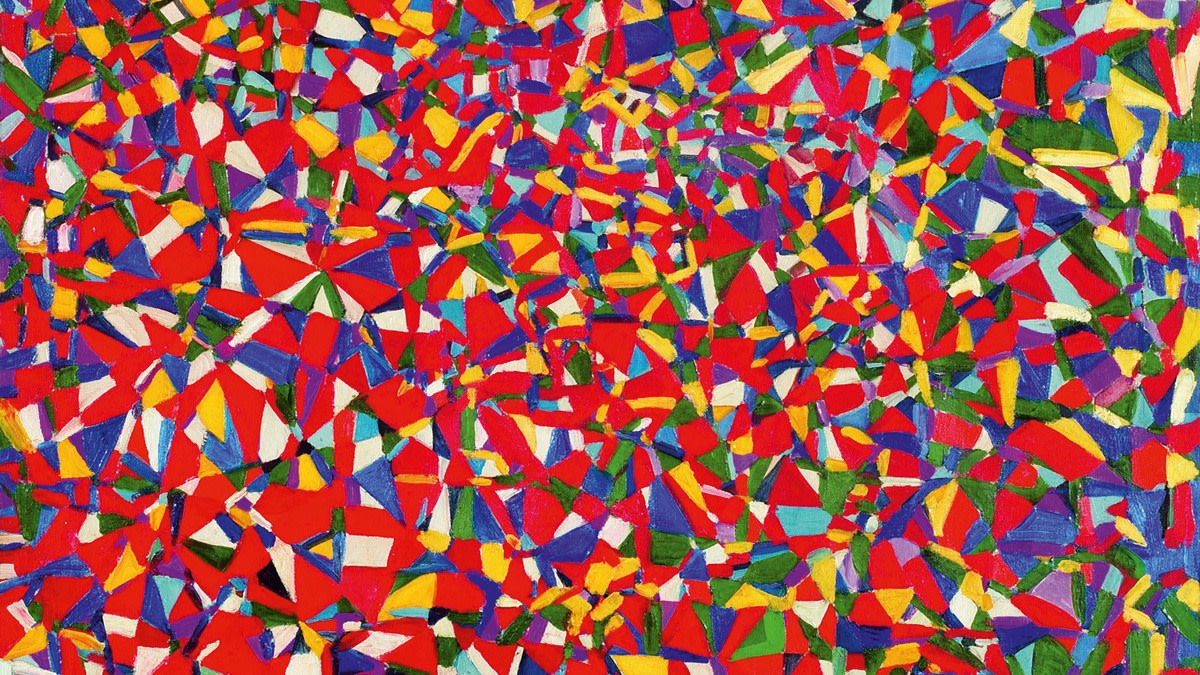
Roula Khalaf, Editor of the FT, selects her favourite stories in this weekly newsletter.
In May, the Turkish Airlines business lounge at Istanbul Airport launched a new initiative. There, for the delight of international travellers, was a selection of paintings by leading Turkish artists on loan from Istanbul Modern, Turkey’s first modern and contemporary art museum. The 38 works by 16 artists include important pieces by the renowned 20th-century abstract painters Fahrelnissa Zeid, subject of a Tate Modern retrospective in 2017, and her son Nejad Melih Devrim – both Istanbul-born. It is a bold statement from this privately supported museum – awaiting its new Renzo Piano-designed home at present – one that declares that modern and contemporary art are central to Istanbul’s identity and the city’s global appeal.
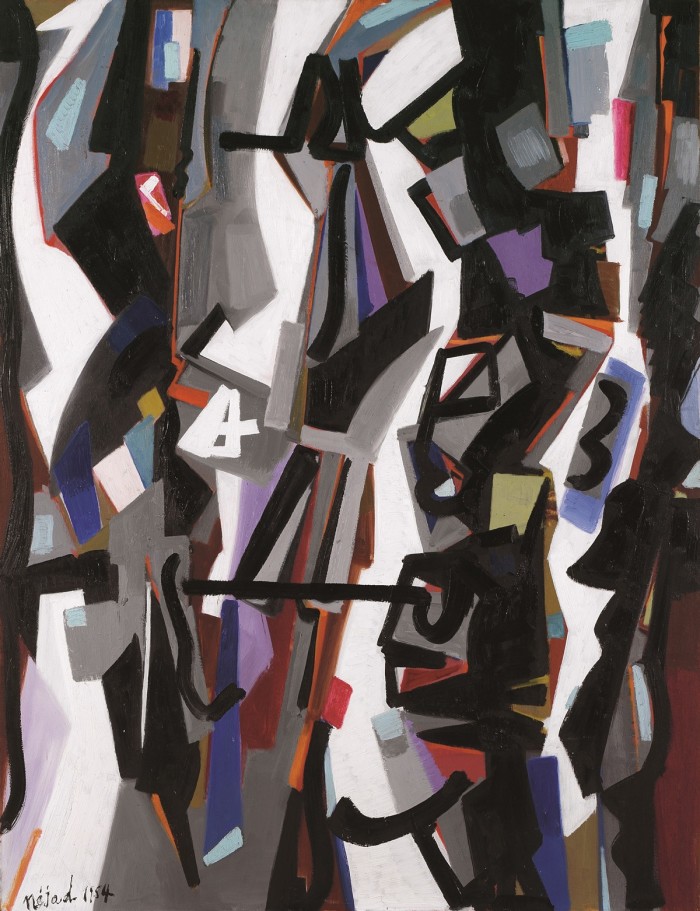
Since the start of this century, against an increasingly volatile and authoritarian political background, the city has, through the concerted efforts of local philanthropists, enterprising gallerists and undaunted artists, turned itself into a significant hub for contemporary art. And this autumn the fruits of their labours are on full display.
Earlier this month saw the Contemporary Istanbul art fair; the Istanbul Biennial is now in full swing (and continues until November 10), the city abuzz with art lovers following a trail of projects and thought-provoking exhibitions installed in curious and historic venues. Meanwhile, the Vehbi Koc Foundation, a leading private philanthropic institution, has this month opened its long-awaited new building, designed by the British practice Grimshaw Architects. Arter (“space for art”) is Turkey’s largest museum for contemporary arts.
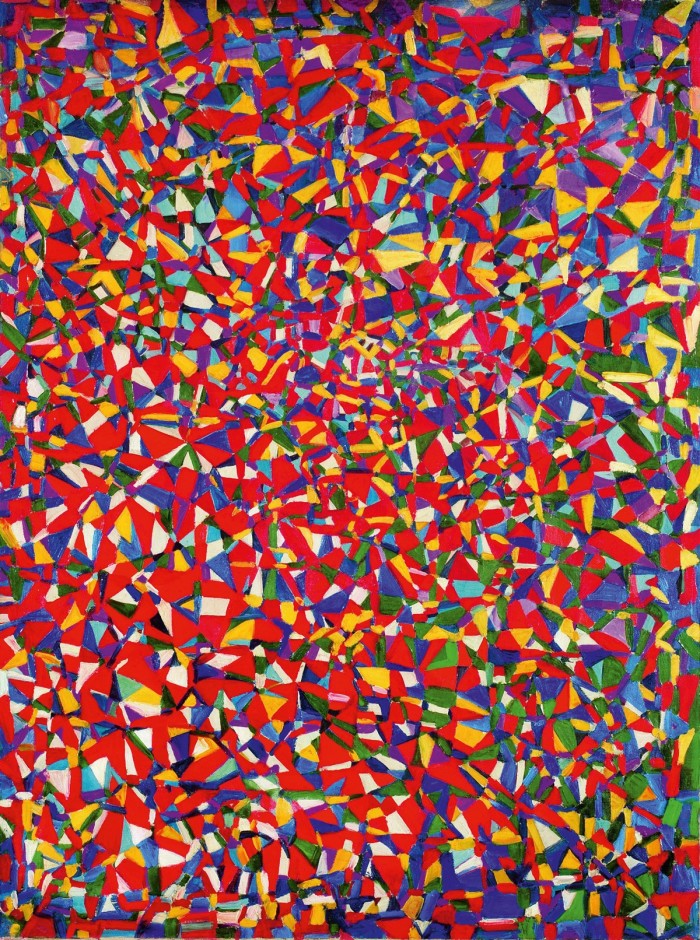
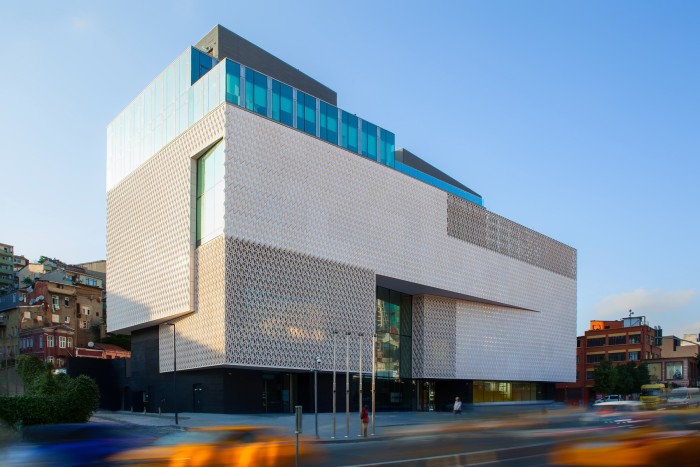
With more than five floors of gallery space, a sculpture terrace, a library, performing-arts spaces, a conservation laboratory, storage facilities, an art book shop and a café, Arter reflects the civic ambition of its founders – namely for Istanbul to become a place where you can see the best of contemporary art not just from Turkey and the wider Levant but from across the world. There’s currently work by the conceptual artist Sarkis, one of a number of prominent Turkish modern artists whose stature on the world stage has grown significantly in the past 10 years, with museum exhibitions and a strong presence at biennials all over the globe. Alongside his seminal installation Caylak Sokak (1986) – which weaves together personal memory with political and cultural history – are works by several generations of Turkish artists pushing the boundaries internationally: from the sculptor and installation artist Ayse Erkmen, whose witty installation of theatrical backdrops, entitled Intervals, was shown at London’s Barbican in 2013, to Hale Tenger, another female creator of searching multimedia installations.
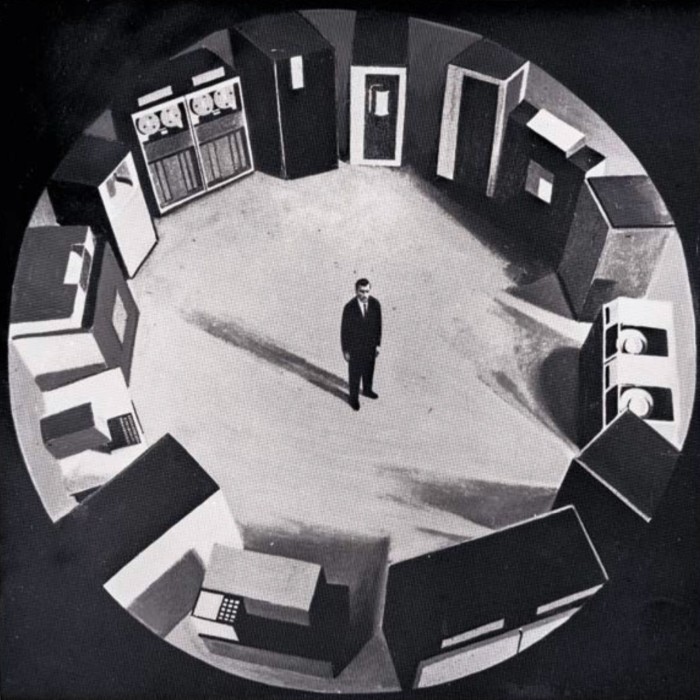
The Vehbi Koc Foundation was set up in 1969 by the hugely influential Koc family. They established Turkey’s first private museum, the Sadberk Hanim Museum, in 1980, and have since supported numerous cultural, educational and healthcare initiatives. The foundation started supporting contemporary art in 2007, under the aegis of Omer Koc, an enthusiastic collector. From then, it began systematically to build its collection of contemporary art, focused on conceptual pieces from the 1960s onwards, half from Turkey and surrounding countries, the other half from the rest of the world. It also commissions new work from both Turkish and international artists and in 2010 opened the first incarnation of Arter, which has given numerous Turkish artists their first shows. These include the conceptual sculptor Deniz Gul (whose work appeared in the 2015 Istanbul Biennial), Fatma Bucak (Arter also supported her master’s degree in photography at the Royal Academy of Arts) and Asli Cavusoglu, who was later selected for Frieze projects and the Future Generation Art Prize and had a solo show at the New Museum in New York this year.
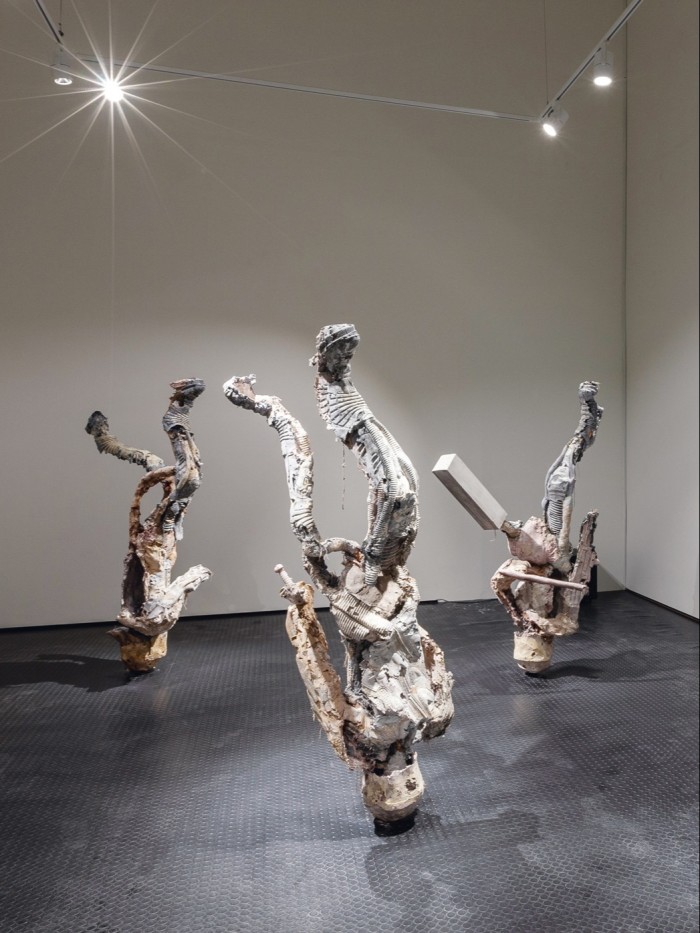
Another family that have been instrumental in shaping Istanbul’s cultural life are the Sabancis. The Sakip Sabanci Museum, housed in a beautiful 1920s villa on the Bosphorus, was opened to the public in 2002. The contemporary annexe, extended in 2002 and 2005, offers exhibitions of leading international contemporary artists, alongside scholarly exhibitions focused on aspects of European modernism, ancient art and Turkey’s own modern movement. It has shown the work of international superstars like Sophie Calle, Anish Kapoor and, in 2017, Ai Weiwei. This autumn sees a major retrospective of Turkish impressionist painter Huseyin Avni Lifij (1886-1927).
And then there is the Eczacibasi family, whose Istanbul Foundation for Culture and Arts (IKSV), established in 1973, organises the Istanbul festivals of music, film, theatre and jazz, as well as the Istanbul Biennial and newer Design Biennial. Bulent Eczacibasi explains how families such as his, the Kocs and Sabancis came to hold such sway: “After the founding of the Republic of Turkey in 1923, the state did not have enough money to support large-scale industry. There were no entrepreneurs and no one with any experience of running large-scale operations. The attitude of my father and his friends was, if there is no infrastructure, if there is no industry, you have to build it.” Furthermore, he adds, “they believed that a country’s development is a many-sided enterprise. It depends upon advancements in science, arts, education, sports – but who is going to do all that if the country is poor? They believed that as leaders of society, it was their responsibility.”
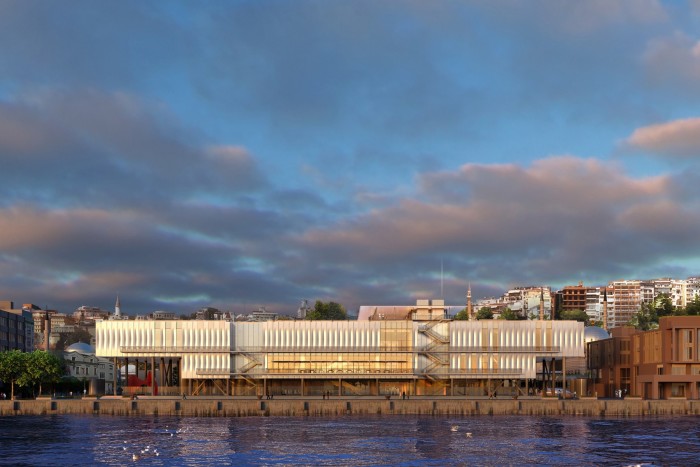
The collection of Turkish art his father Nejat Eczacibasi created from the 1950s, alongside expanding the family ceramics business, became one of the founding collections of Istanbul Modern, an enterprise heavily supported by the family. While the museum awaits its new Renzo Piano building, it has taken up temporary residence in the 19th-century Union Française building in Beyoglu, the city’s cultural and artistic district. This autumn it is exhibiting photographs by Ara Guler, Istanbul’s renowned photojournalist and chronicler of the birth of the Republic, who died last year.
Working hand in hand with the Vehbi Koc Foundation and other private bodies, the IKSV has transformed the Biennial from an exhibition that had 10,000 visitors on its launch in 1987 into a city-wide event that plays to hundreds of thousands. The pertinent theme of the 2017 Biennial, curated by the Berlin-based duo Elmgreen & Dragset, was A Good Neighbour. This year the theme is The Seventh Continent, which refers to the seven million tonnes of plastic debris floating in the Pacific Ocean between Hawaii and California. Overseen by the influential French critic and curator Nicolas Bourriaud, the Biennial’s capacity to attract big names is a measure of its success.
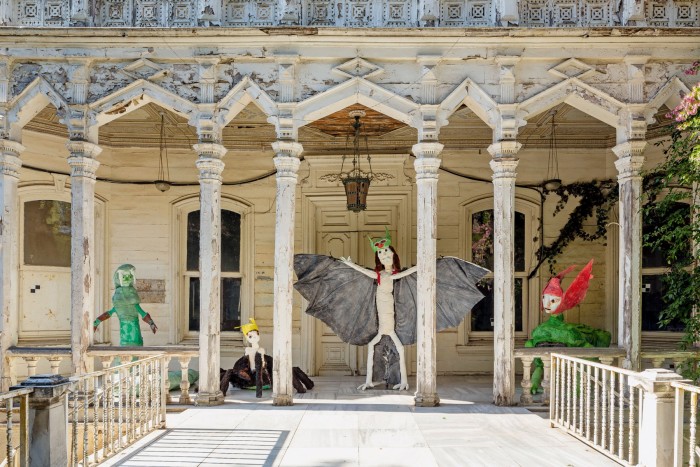
Of the impressive line-up this year, the American artist Glenn Ligon has produced a body of work inspired by the fact that his hero, American novelist James Baldwin, spent a productive 10 years in Istanbul in the 1960s and 1970s. British artist Monster Chetwynd has created a new permanent sculpture, The Gorgon Playground, in a public park at the heart of the city, as well as four temporary sculptures of hybrid creatures. And Istanbul-based Guclu Oztekin and Gunes Terkol, two members of the three‑person collective GuGuOu (with Oguz Erdin), who work with installations and music, books, video and performance, have designed a convivial space at Antrepo 5, a meeting point for the visitors at the heart of the main 2019 Biennial location. This spot, a warehouse on the central waterfront, is where discussion of ideas relating to The Seventh Continent is focused. Other locations include the atmospheric neoclassical Pera Museum and Buyukada – the largest of the nine so-called Princes’ Islands in the Sea of Marmara, a short ferry ride from the mainland, where artworks have been placed within historic houses and Byzantine ruins.
Bige Orer, the event’s director since 2008, says, “The Istanbul Biennial has become one of the most appealing and experimental international large-scale art exhibitions in the past 10 years.” She puts this down partly to the diversity of artistic voices in Istanbul, but also “the feeling of solidarity in the art community” forged in difficult times.
Indeed, the threat of censorship hangs heavy in Istanbul. While journalism has been hit hard under Erdogan’s rule, the art world, though by no means unscathed, has avoided such harsh scrutiny. This is in large part down to Istanbul’s distinctive art ecology, created by the powerful philanthropic families. As the visual arts are, for the most part, privately funded, exhibitions and events such as the Biennial remain relatively untouched by state meddling. In recent years, the government has hit the Koc family with record tax fines and cancelled state tenders and there have been rumours, denied by the family, that the government mired the building of Arter in bureaucracy to delay its opening. But the Kocs, along with Istanbul’s other wealthy families, have stood firm in their support of Turkish artists. As one local commentator put it to me: “These families remain strong throughout political turbulence. They do their own thing, but ultimately they are working together.”
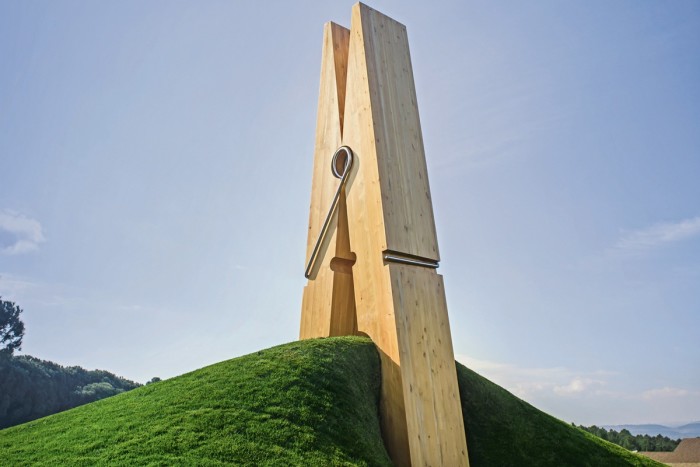
Beyond these powerful family networks, there is also a strong hinterland of private collectors, commercial gallerists and non-profit spaces in Istanbul. Kamiar Maleki, director of Contemporary Istanbul in 2017, comments, “I have always believed that Istanbul has 1,000 people between the ages of 30 and 50 with the financial ability and desire to buy art. The question has always been about giving them access.” He set up the Contemporary Istanbul Art, Culture and Education Foundation, which organises a year-round programme of lectures and events, arranges gallery sponsorship and entices leading western galleries to come. “Many new galleries have opened their doors, artists have started to flourish and people are beginning to look at Istanbul as a major international hub, not just for the Biennial but for commercial art activities,” he says. Moiz Zilberman, who has gallery spaces in Istanbul and Berlin, concurs: “There is more and more interest, especially from young people. The attendance at biennials and at art fairs is growing exponentially.” Jade Yesim Turanli, director of Pi Artworks, which has galleries in London and Istanbul, adds, “The interest among younger people is very strong. One thing about the Turkish audience is that we have seen a lot of crises, but we quickly adapt.” Turanli set up her first gallery in Istanbul in 1998, when most artists survived, she says, by bartering their work. She cites the opening of Istanbul Modern in 2004 as a major stimulus, and today her leading artists – Gulay Semercioglu, whose metal-wire pieces fetch five-figure sums at auction, and Susan Hefuna, one of whose works was recently bought by the LA County Museum of Art – are highly successful. Of the architect-turned-sculptor Mehmet Ali Uysal, best known for his giant clothes-peg Skin installations, she says, “We have done public commissions with him all over the world.”
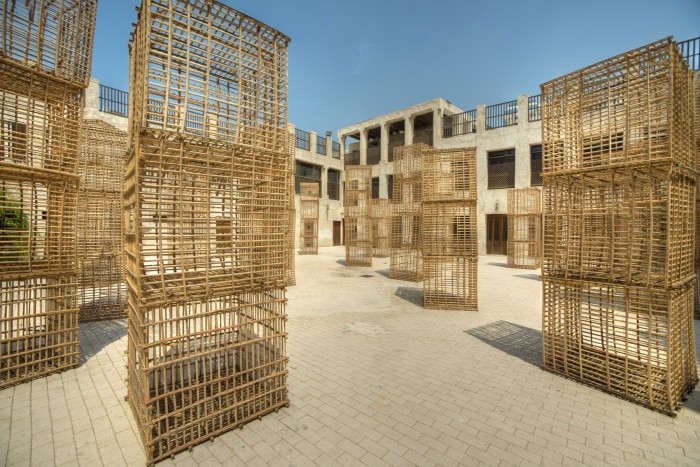
Meanwhile, this year the new artistic director of Contemporary Istanbul, Anissa Touati, sought to widen the net, tracking down young galleries in countries throughout Europe, Latin America, the United States and the former Soviet Union, as well as the Middle East, in a bid to bring in new artists and young collectors. She has set up an exchange of galleries with Marseille’s Art-O-Rama. Herself French, she is collaborating with locals to keep Istanbul a place of translation between west and east. Because what draws visitors is the knowledge that in Istanbul exchanges of views about the darkest or most sublime aspects of human experience can still be robust and creative; and that those interested in art can find both the best that Turkey has to offer and a unique perspective on global developments in contemporary art.
Arter, arter.org.tr. Contemporary Istanbul, contemporaryistanbul.com. Contemporary Istanbul Art, Culture and Education Foundation, ciacef.org. Istanbul Biennial, bienal.iksv.org; until November 10. Istanbul Modern, istanbulmodern.org. Pi Artworks, piartworks.com. Sadberk Hanim Museum, sadberkhanimmuzesi.org.tr. Sakip Sabanci Museum, sakipsabancimuzesi.org. Zilberman Gallery, zilbermangallery.com.
Comments